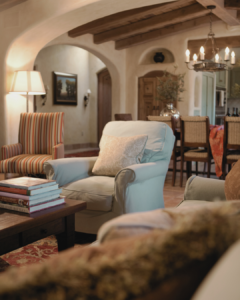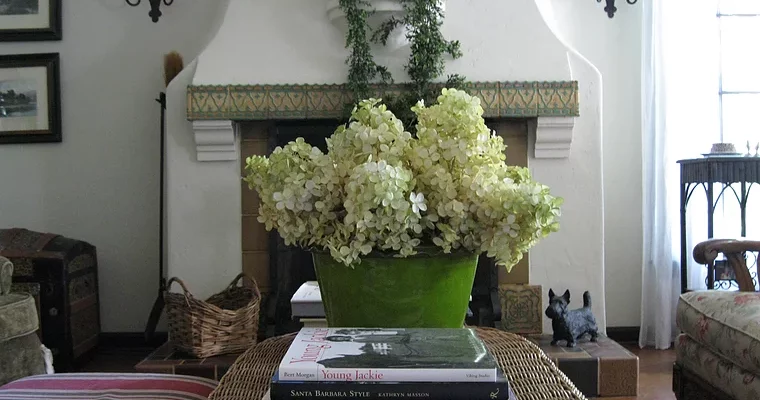How to Personalize Your New Home—and Blend in Old Furniture Beautifully
Personalizing a new home is challenging, even for people who do it all the time. But it’s especially hard when you’re furnishing a brand new home with older furniture.

The good news? Older furniture can personalize your new home in ways new furniture can’t.
Step 1: Don’t Toss Anything Yet
Before you discard a single chair, lamp, or end table, pause. You might think you’ve outgrown them, but many older pieces can be repurposed, reupholstered, or refinished—and add exactly the right patina to your new home. Hold off on buying for the spare rooms too. You can always edit later. For now, keep everything until you’re fully moved in and settled.
Use my 3-to-5-Things-Framework to help you decide what to keep, discard, repurpose or refurbish.
Step 2: Place the Anchor Furnishings First
Start with the largest items, the sofa, dining table, rugs, entertainment unit and any large case goods like hutches. Get these positioned correctly before moving on. And skip the angled furniture—this trend never worked well and detracts to the flow of your space.
These large pieces anchor your spaces. When placed properly, they create a sense of permanence—like they’ve always belonged there.
Step 3: Layer in the Smaller Furniture
Once your anchors are in place, layer in the sideboards, armchairs, accent chairs, cocktail tables, dressers and lamps. Don’t over or under-furnish. A lack of furniture looks just as silly as too much furniture.
Step 4: Create Your Seating Zones
In larger living rooms, plan on two to three distinct seating areas—one main area and one or two smaller groupings. In smaller spaces, one or two zones are plenty.
Skip the traditional end tables by the sofa—they often look cluttered and unstable. Use a well-proportioned cocktail table for drinks instead. Floor lamps (especially swing-arm styles) work beautifully by sofas, as long as cords are hidden along a wall. For armchairs, end tables and table lamps are ideal.
Step 5: Don’t Skip the Windows
Window treatments are the second most overlooked design element after under-furnishing. Unless your windows and views are truly exceptional, they likely need softening. Draperies, sheers, shutters, or wood blinds add privacy, insulation, sound absorption and visual interest.
Step 6: Place Art and Accessories Last
Now it’s time to add the final pieces. Start in the entry and work in a logical flow—living room, dining room, primary bedroom and so on. Hang art and arrange accessories with care. This phase takes longer than you think, but it’s worth it.
Aim for balance in your styling. Mix eras and styles and keep an eye on scale, texture, fabric, and greenery. If a room still feels off, it’s often missing one of these four elements.
How to Help Old and New Live Well Together
-
Stick to a softer color palette with small amounts of stronger color.
-
Mix wood tones thoughtfully. A variety is fine but keep the tone the same and vary it with lighter or darker versions of the same color and mix in some painted pieces too.
-
Reupholster sofas and chairs in current fabrics to keep things feeling fresh.
-
Use one or two new additions to your spaces—like rugs or table lamps to easily update older furniture.
-
Let older pieces be focal points. They add personality and quality that newer items often lack.
High-Impact Upgrades
To create a fresh look throughout the home, consider upgrading the following items but make sure to choose ones that are in keeping with the architecture.
By thoughtfully blending the old with the new, you add personality, meaning and beauty and you effectively overcome the stark, impersonal feel of a new home.

Enjoy! Bye for now.
Shiree’


